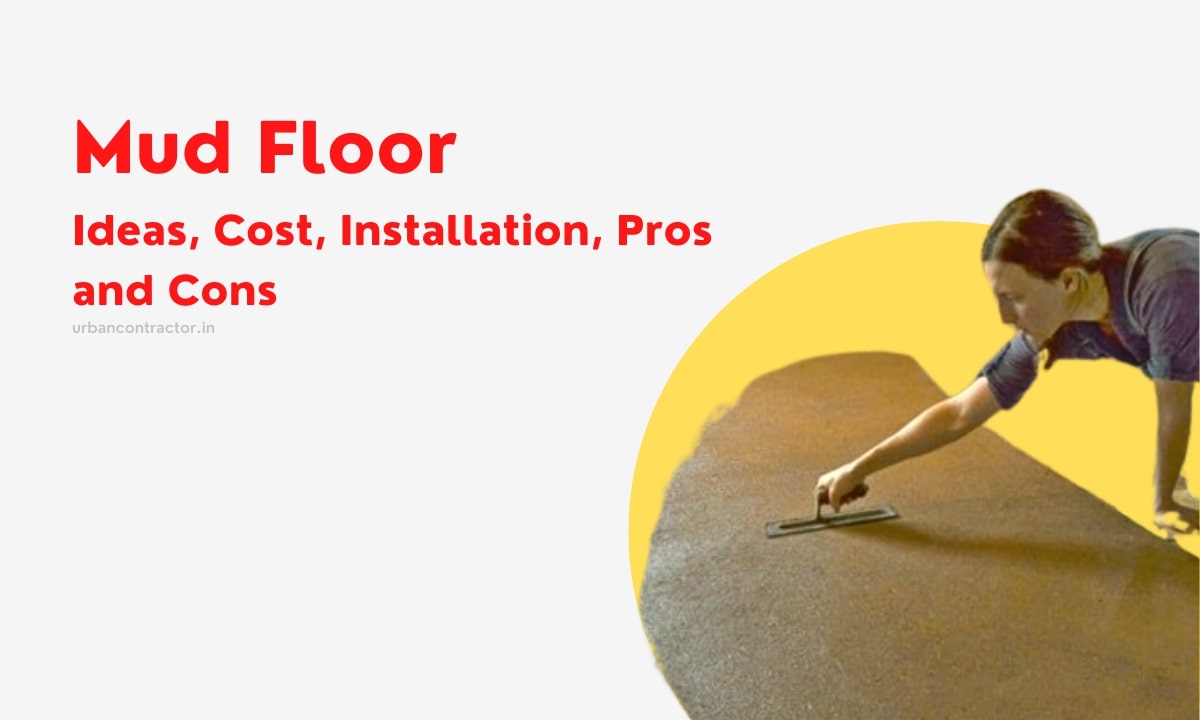What is a Mud floor?
Mud flooring is a type of flooring made from natural materials such as clay, sand, and straw. It is also known as an earthen floor, this traditional flooring has been used for centuries in various cultures around the world.
Mud Floor Ideas and Purpose
Purpose
- Sustainability: One of the main purposes of mud flooring is sustainability, as these are made using natural and locally sourced materials, thus being environmentally friendly.
- Natural Aesthetics: Mud flooring provides a warm and natural aesthetic look. It complements rustic and eco-friendly design styles.
- Customization: Colors and patterns can be customized according to design needs.
Mud Flooring Cost
Mud flooring cost depends on various factors such as area size, type of material used, and labor cost. Compared to conventional flooring options, mud flooring can be very light on the pocket.
Mud Flooring Installation Procedure
Following are the installation steps for mud flooring:
- Preparation: Prepare the existing floor by removing any unwanted particles and dust and ensure a stable base.
- Mixing Mud Mixture: Next, Mix the mud flooring materials i.e. clay, sand, straw, and sometimes other additives (if required). The ratio may vary based on requirements.
- Apply Mud Mixture: Now apply the mud mixture to the prepared floor surface in a 10-inch or 25-cm thick layer and level the surface by compacting it to create a smooth and even surface.
- Drying: After applying, the floor must be left for drying. The duration depends on environmental conditions.
Mud Floor Pros and Cons
Mud Floor Pro’s
- Easy and Cost-effective.
- No requirement for skilled labor.
- Less carbon footprints.
- Fire resistance.
- Mud floors regulate indoor temperatures due to their thermal mass properties.
- Mud floors are environmentally friendly
- Sustainability
- Mud floors can be customized with different colors, textures, and patterns.
Mud Floor Con’s
- Not durable, they can be susceptible to cracking or wear over time.
- Regular maintenance is needed such as resealing or reapplication of protective coatings, to prevent water damage.
- Mud floors can be sensitive to moisture, and excessive water exposure may cause issues.
- High porosity and not resistant to stains.
- Less loading capacity, chances of dents on mud floors are high.
Mud Room Flooring Ideas
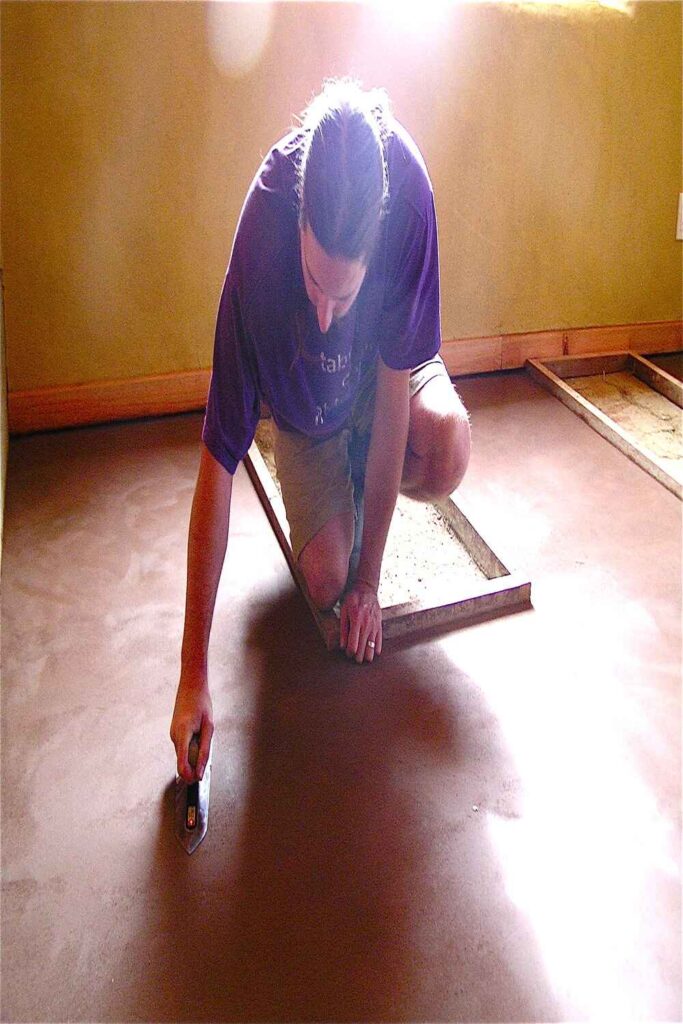
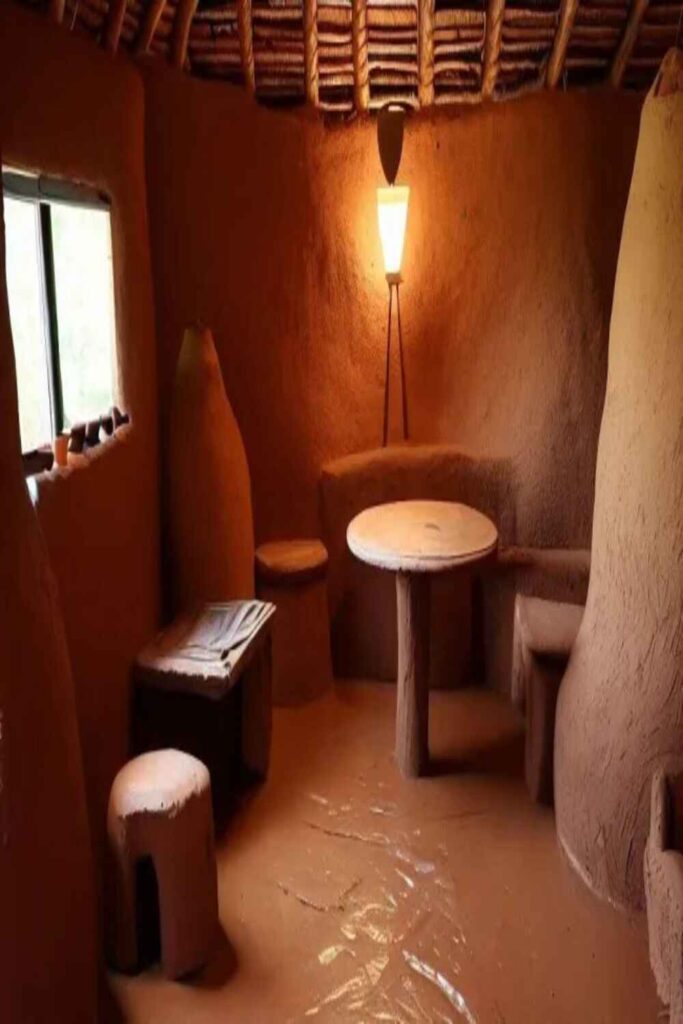
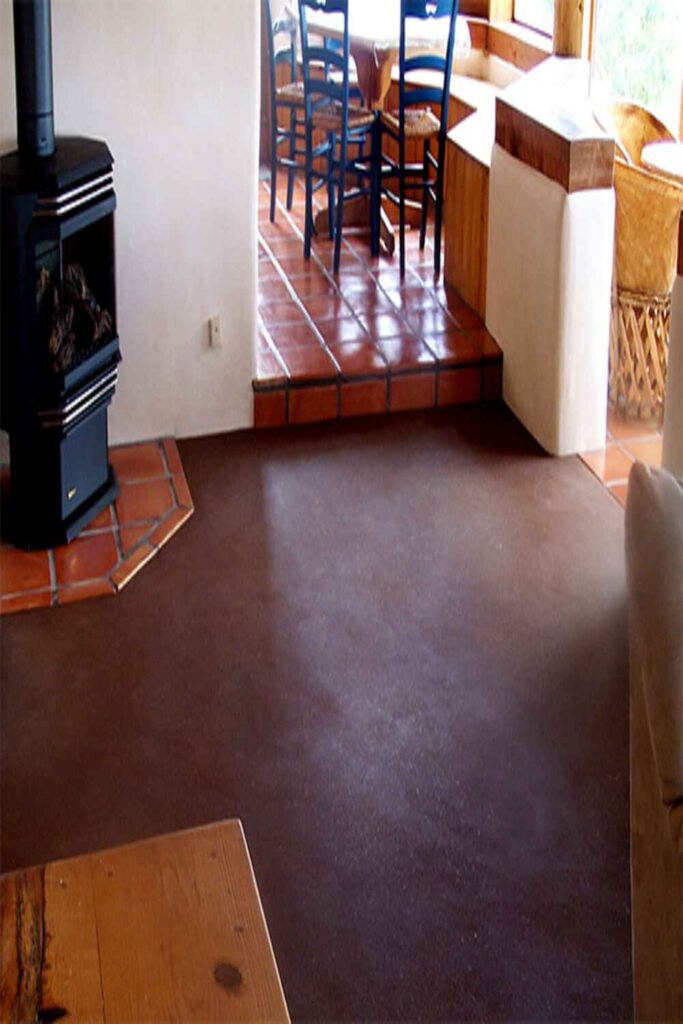
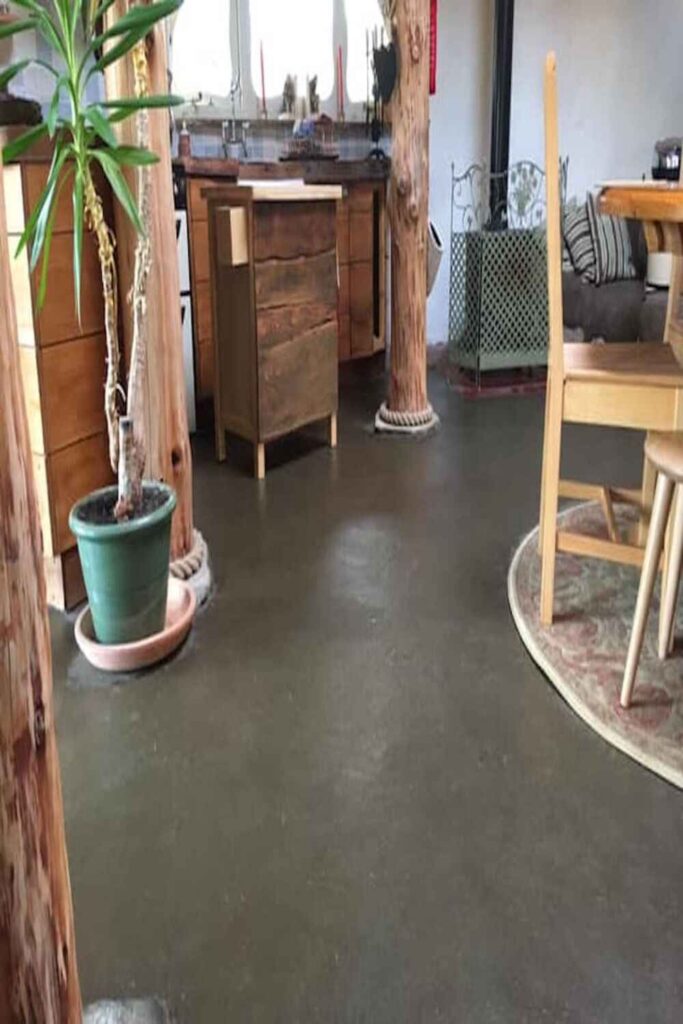
FAQ’s On Mud Flooring
Mud flooring is a type of flooring made from natural materials such as clay, sand, and straw. It is also known as an earthen floor, this traditional flooring has been used for centuries in various cultures around the world.
Applying mud floor is easy and doesn’t require skilled labor. Mud flooring follows 4 basic steps, which as follows:
1. Preparation of existing floor
2. Mixing Mud Mixture
3. Apply Mud Mixture
4. Drying the freshly installed mud floor
A detailed procedure is explained above, kindly refer to it.

